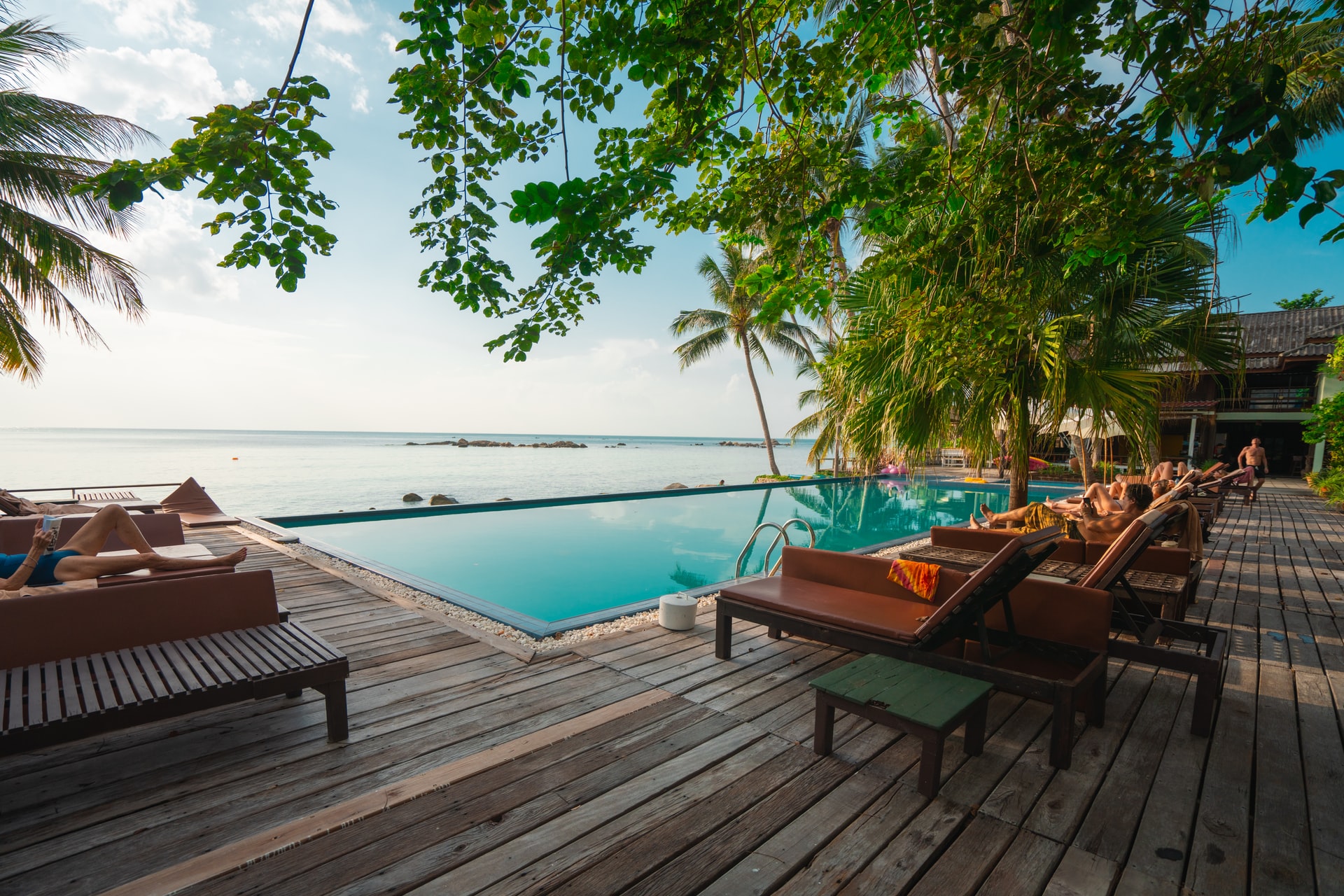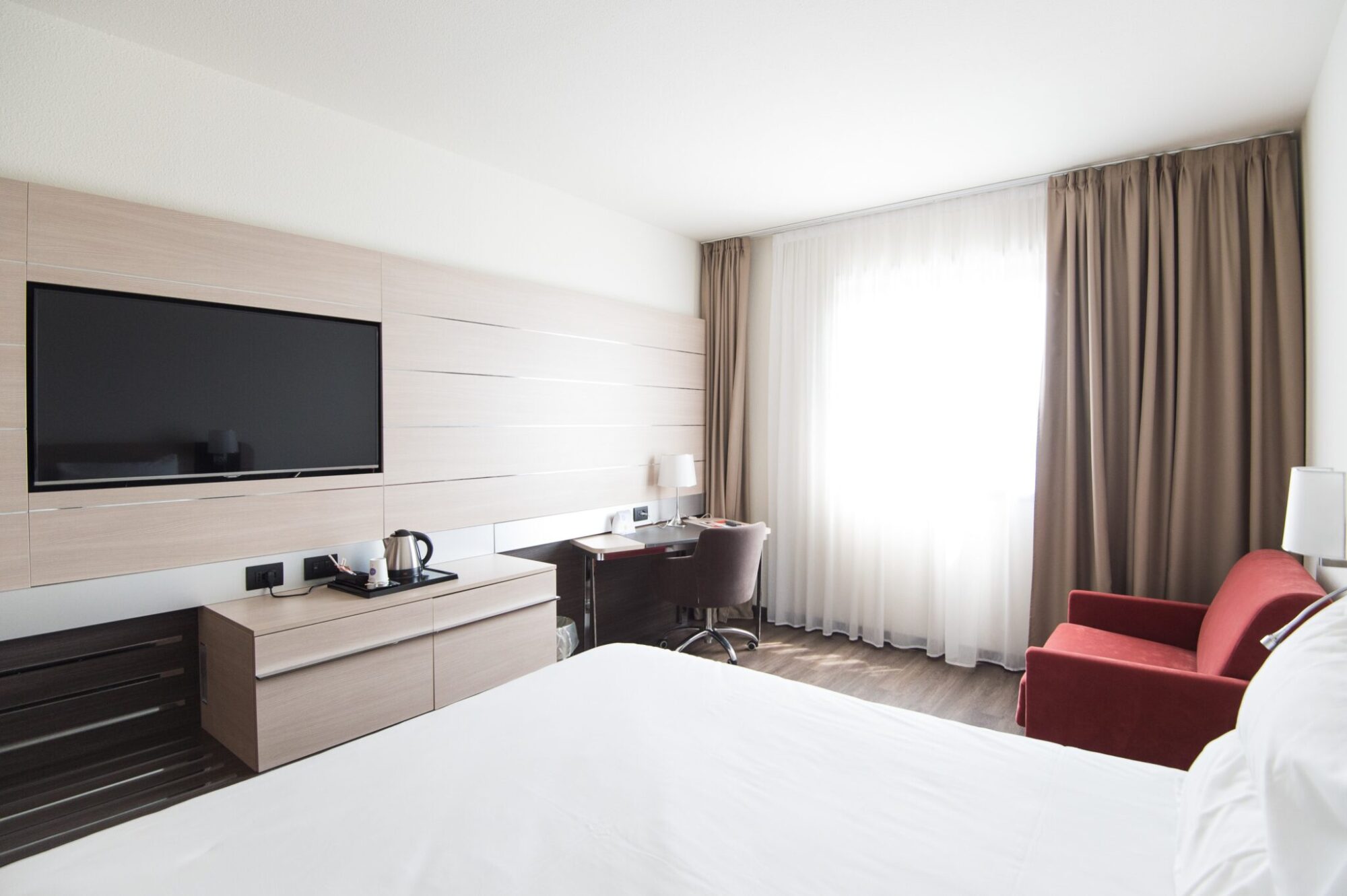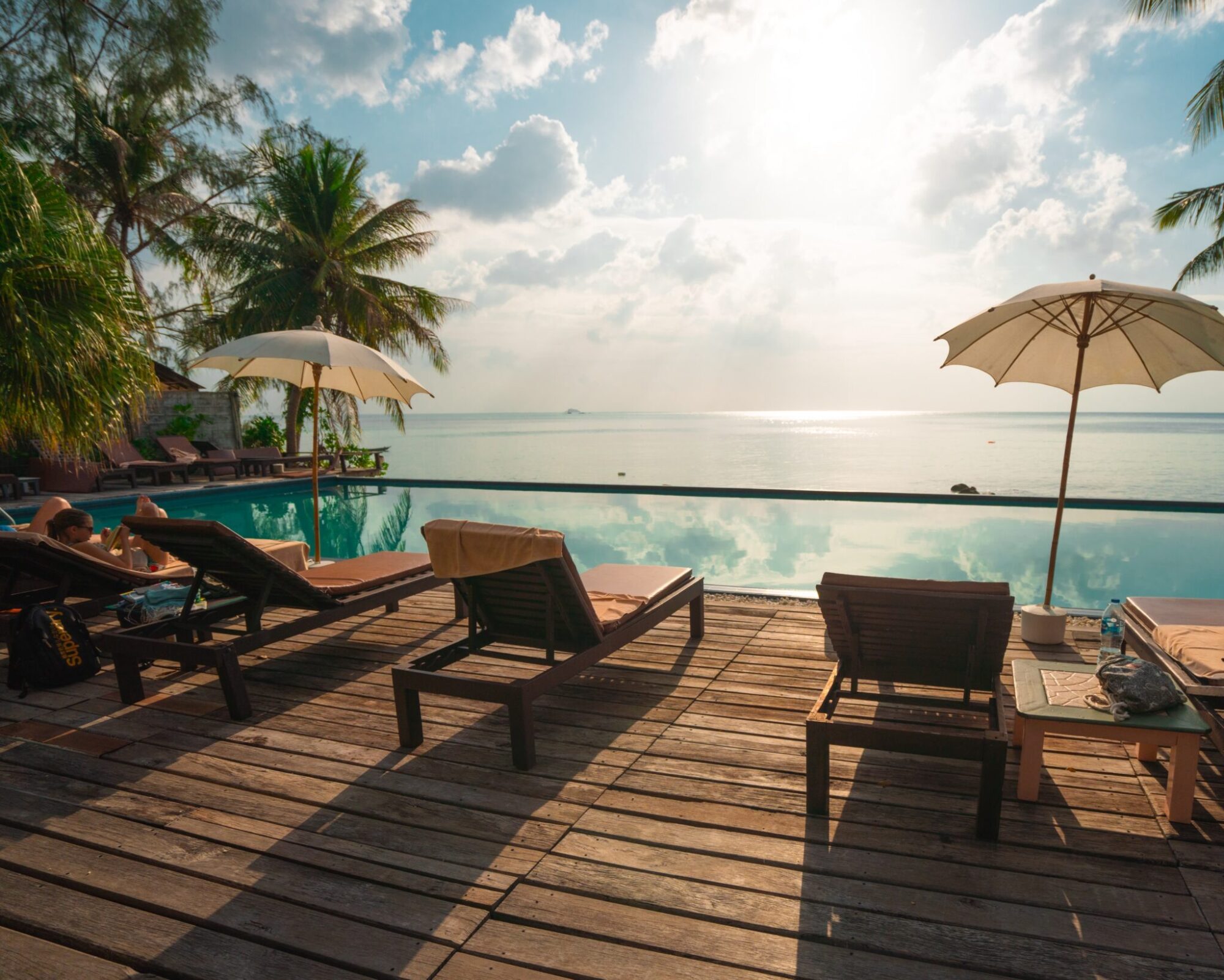RevPAR rising! An APAC recovery update

While some destinations and segments, like city-based hotels that cater to business travellers, may take longer to experience sustained occupancy and revenue growth – it is a misconception to think RevPAR is suppressed in all markets and for all property types. In this guest column, Ian Chinn, regional director of sales for IDeaS Revenue Solutions talks about how travel and leisure segment continues to make up the majority share of occupancy and improving levels of corporate travel.

For a travel-dependent industry, COVID-19 outbreaks and subsequent border closures continue to have
a significant impact on APAC hoteliers. Although local hotel operators have undoubtedly experienced
unprecedented challenges over the previous 18 months, there are positive signs for the future, with
strong levels of pent-up demand and some markets in the early stages of recovery.
So what trends are emerging from the APAC hospitality sector today and what can hotels do to help
grow business and accelerate their own recovery?
The path to recovery will be uneven
According to Daniel Chong, director in revenue account management and global strategy at the Preferred Hotel Group, the speed of demand recovery will be dependent on a number of factors like geography, COVID-19 outbreaks and the rollout of vaccines.
“The positive news is that if we look to markets like China, Australia and North America – which have
either managed to suppress large outbreaks of COVID-19 or have successfully undertaken mass
vaccination drives, signs of strong recovery are present. Occupancy and RevPAR levels are rising, largely
driven by domestic travel and leisure segments, and we are even seeing very good growth in corporate
travel in places like Australia since April,” said Chong. However, while markets like New Zealand are improving, the recovery path in Southeast Asia is slower due to their reliance on international markets and a lower levels of domestic demand.
“Countries like Indonesia and Philippines, which focus on attracting and catering for international
guests, are impacted more severely by border closures and international travel restrictions. They don’t
have a strong domestic demand to pivot towards when international travel is restricted, which means
that the recovery will take longer. Having said this, the rollout of vaccination programs across the region
makes me confident that the recovery will grow in momentum across Southeast Asia over the send half
of 2021 and into 2022,” commented Chong.

RevPAR levels are returning
While some destinations and segments, like city-based hotels that cater to business travellers, may take longer to experience sustained occupancy and revenue growth – it is a misconception to think RevPAR is suppressed in all markets and for all property types.
“Resorts and hotels outside of city centres that focus on travel and leisure segments have performed strongest in markets like Australia since the pandemic started. Those properties within a two to three hours’ drive of a major city have seen even higher levels of demand, based on travellers’ desires to avoid flying due to perceived health and safety risks. RevPAR for some of these countries and destinations has even begun to exceed pre-COVID levels, which is an encouraging sign for the wider market,” observed Chong.
The travel and leisure segment continues to make up the majority share of occupancy across the region today, but corporate travel is also improving. “While corporate and city-based hotels are still not running at high occupancy levels, the business guest is returning in many markets. Serviced apartments are seeing particularly strong demand, with many running at above 60-70% occupancy (coming off much lower levels in 2020) due to corporate travellers preference to create their own base, insulate themselves from communal areas, the apartments larger rooms/living areas and comfort for longer stays,” said Chong.

Technology adoption is no longer an aspiration – it is a fundamental
COVID-19 has caused mass-disruption across business and society, leading to an increased reliance on and acceptance of technology in our daily lives.
“In the past some hoteliers may have been slow to adopt digital business practices across their operations. But since the pandemic, this is no longer a viable position to have. In Singapore alone, the community has adopted the safe entry application, where we use our phones to register entries into establishments like buildings, shops, and restaurants. Even if you go to a Hawker stall to buy food, they have also adopted digital processes and accept online payments such as PayNow,” said Kim Ong, VP of Strategic Sales & Account Management in Asia Pacific for D-EDGE Hospitality Solutions.
Today, in a world where consumers are connected online and accustomed to automation and the digitalisation of everyday tasks, any hotel that does not meet guest needs risks future business. “COVID-19 has actually sped up the adoption of technology in all areas of hotel operations, from guest communication to check-in/check-out, to payment systems and even providing certain services such as room service using robot delivery. Hotels today hopefully understand that to meet guest needs they need to be more technologically adept than ever before,” said Ong.
MICE business growth will be supported by automated tools
The MICE sector has been amongst the most significantly impacted since the start of the pandemic, reflective of massive fluctuations and decrease in demand from group business. However, this sector is showing positive signs for the future with a rebound in interest for events.
“The APAC region is more stable and seeing encouraging growth for the MICE sector in 2021, with the RFP volume in the first quarter of this year largely matching pre-pandemic levels. We're also seeing a very positive trend and shift in the reduction of booking windows, with a 46% reduction from the moment an RFP is sent to the day of the actual event. So, that window is shortening, which highlights confidence in the market moving forward,” said Graham Pope, Vice President International Sales for Cvent.
As the MICE sector continues to recover across the APAC region, technology will also play a key role in helping drive business growth. “The adoption of technology, like floor-planning and room-block automation tools, is not just creating operational efficiency within the hotel space, it is also helping to attract more planners to use their hotel, and to source their business to that hotel because of the ease of working with that property,” said Pope.
Digital marketing is more important than ever
In a time when more people are online than ever before, it is important that hoteliers have a comprehensive digital marketing strategy in place to promote their property. And while attracting potential guests to a hotel’s online booking points is usually the primary focus of digital marketing, conversion is key.
“Turning online interest into actual business is critical for hotels. To maximise conversion, hotels need two things: a website and a booking engine. A good website allows the users to locate the information they’re looking for in just a couple of clicks. As for the booking engine, it also must be user-friendly and not distracting. Hotels need to be mindful that people use booking engines to book their travel, so do not distract them with more marketing at this stage of the booking funnel. Users should be able to complete the booking process in two or three steps. Guests should also have confidence that they are getting the cheapest price on your official website, so ensure you don’t lose a direct booking to an OTA because they are a few dollars cheaper. Having flexible cancellation terms definitely helps,” said Ong.
Building demand through digital channels does not have to be expensive for hoteliers today either. While most hotels are already doing some form of digital marketing, such as SEM, display ads or metasearch marketing, hotels do not always have to rely on paid activity.
“One of the most cost-effective ways to market your new hotel experiences today is through your own database. It is an audience you already own, many of whom will be familiar with your property, which is a bonus because people like to stay in properties they know and trust in a pandemic. To market to your own database, hotels should use their CRM to filter information and segment your target audience, ensuring you are marketing the right packages to the right audience,” said Ong.
“Engaging positively with followers online can also help increase traffic. Hotels can create stories that make their property look desirable, share interesting facts about their hotel’s history to generate more interest, likes, shares and followers. Another thing you can do is to read and respond to reviews.
Sometimes, a hotel may not like a negative review, but the feedback can give you an opportunity to improve, identify the gaps in your services and in your products to improve the guest experience and make your hotel more appealing in the long-term.”
For more information on local market trends within the APAC hotel sector, please visit here.


Comments are closed.